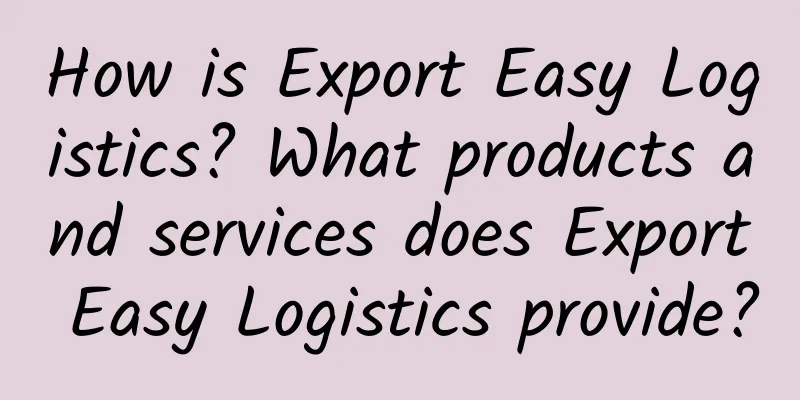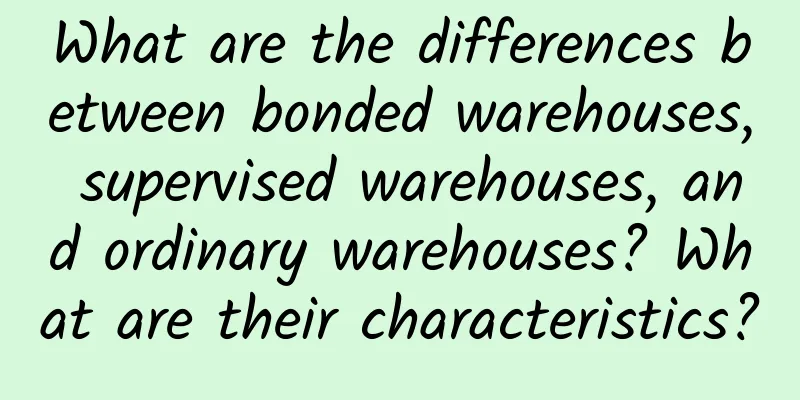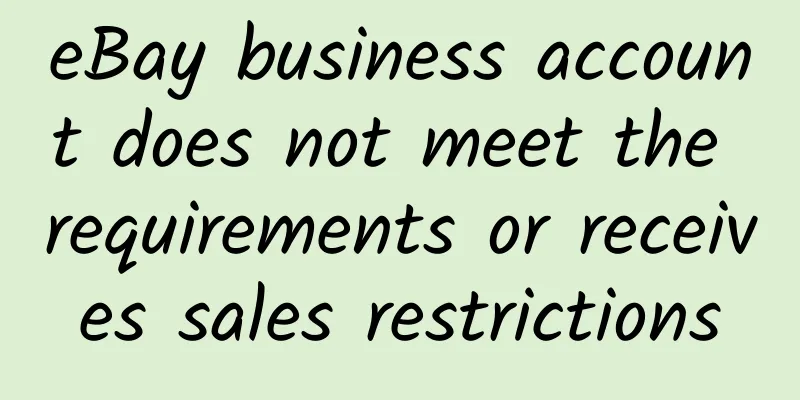The second phase of the Canton Fair closed, costs rose, and companies were afraid to accept orders

|
Nanfang Daily News (Reporter/Wu Zhe Huang Yingchuan) The second phase of the 109th Canton Fair, which featured daily consumer goods, gifts, and home decorations as its main exhibits, came to a close yesterday at the Pazhou Complex. Popularity has increased, but there are fewer European and American buyers During the interview, the reporter found that the second phase continued the high popularity of the first phase, with people coming and going in the exhibition hall. Until the afternoon of yesterday when the exhibition was withdrawn, many exhibitors were still rushing to have final negotiations with customers. "This year, there are many more people asking for prices. The number of business cards sent out alone is twice as much as the previous session." An exhibitor from Jiangsu happily told the reporter. But at the same time, the decrease in European and American merchants is also an indisputable fact. According to the latest statistics released by the Canton Fair yesterday, as of April 26, the number of overseas buyers entering the pavilion this period increased slightly by 1.6% compared with the same period of the previous Canton Fair, but the number of merchants from Europe dropped by 18.59%, and the number of merchants from the United States also decreased by 5.38%. It is worth noting that the number of merchants from Asia increased by 8.16%. "There are a lot of orders this year, but I dare not accept them!" More than one exhibitor lamented to reporters that the RMB exchange rate issue, which used to be a concern, is no longer the main influencing factor. The rising prices of raw materials and labor have the greatest "damage" to foreign trade companies. Foreign trade companies are afraid to accept orders How much has the cost of products increased? The reporter asked nearly 10 exhibitors from different industries at the Canton Fair, and the answers were surprisingly consistent: between 30% and 40%. So how much has the price of products at this year's Canton Fair increased? Different companies gave different answers, some as high as 20%, and some only 3% to 5%. "It is impossible for us to pass all the costs on to customers. We must absorb part of it ourselves." Cheng Dongliang from Quanzhou Wukuang (Group) Company told reporters that although they raised the product price by 20% in one go due to product quality and corporate brand, their profits were also cut by 10%. Linshu Yuxi Arts & Crafts Co., Ltd. produces handmade pure cotton handicrafts, but it is precisely these two competitive advantages of "handmade" and "pure cotton" that have squeezed the company from the double pressure of rising cotton and labor prices. "This year's situation is the most complicated, even more troublesome than during the financial crisis. During the financial crisis, there were no orders, so the worst that could happen was that we had to stop production. Now, even if we receive orders, we have to lose money when we ship the goods; if we fail to deliver the goods, we have to pay liquidated damages, which is even more severe." Li Sen, the head of the company, said that he had rejected many large orders at this Canton Fair because he was worried about the risk of losses caused by rising prices in a short period of time. Difficulty balancing risks and profits In fact, how companies and customers share the rising costs and the risks they bring is a test of the companies' "price discourse power." Companies with independent intellectual property rights and high-tech products will undoubtedly have the upper hand in this tug-of-war over bargaining. Li Sen also said that their strategy is to speak with product quality. Although according to current statistics, the number of European and American customers is gradually decreasing, many companies still choose old customers in the context of high risk of price increases. "It is generally difficult to raise prices for old customers, because the supply chain of European and American buyers is already very complete, and they can make repeated comparisons to find the one with the lowest quote. On the contrary, customers in emerging markets such as Brazil and Argentina have a higher price acceptance because they do not have a wide range of choices. However, their business reputation is obviously not as good as that of European and American customers, and the risks are relatively high." Cheng Dongliang said that this is also a test for companies, how to strike a good balance between old and new customers, and take both risks and profits into account. |
<<: Brands and new products became the highlights of the second phase of the 109th Canton Fair
>>: SA8000 for the ideological and political work of college logistics entities
Recommend
What qualifications are required for cross-border e-commerce?
Cross-border e-commerce sellers need to understan...
What is ValueLink? What marketing services does ValueLink provide?
What is ValueLink? ValueLink is a cross-border e-...
HM Factory Audit-Quality Control Manual Contents
HM Factory Audit-Quality Control Manual Contents ...
How to upload pictures on eBay?
You must upload at least one picture when listing...
The Beginner's Guide to Opening a Store on eBay is here! Get it now!
As we all know, more and more sellers are joining...
How to become a customs AEO enterprise?
The requirements for AEO enterprises include inte...
What is the RetailEasy system? What are the advantages of the RetailEasy system?
Shanghai Chuangye Information Technology Co., Ltd...
ClonBrowser—Anti-detection browser
ClonBrowser is an anti-detection browser that fac...
What is Sellbrite? What can Sellbrite do?
Hello everyone, today I will continue to introduc...
BSCI factory audit scope and policy
In the factory inspection, Part C is not included...
TRU Counter-Terrorism Checklist
1) Factory Security Plan 2) Policy requiring docum...
Walmart's latest anti-terrorism factory inspection requirements
What are the latest requirements for Walmart'...
SMETA factory environment and business ethics audit content
The SMETA factory audit environment and business ...
Nike's sales decline is spreading to second- and third-tier cities
Recently, Nike has begun to lower its prices. In ...
How is Huahan Logistics? What services does Huahan Logistics provide?
How about Huahan Logistics? Shenzhen Huahan Hongy...







![[eBay Newbies] What are eBay’s free relisting rules?](/upload/images/67c9a7a8a3dd0.webp)

